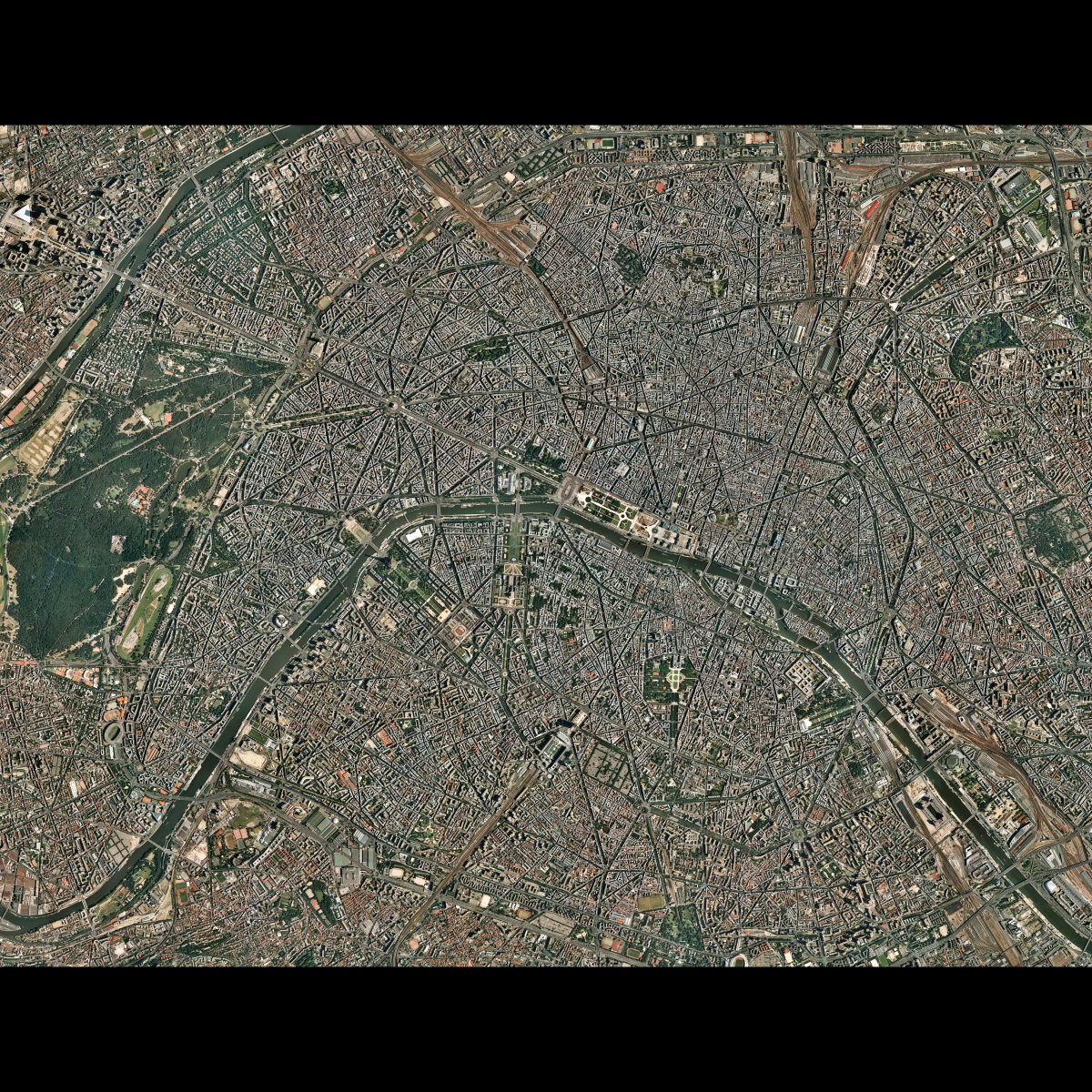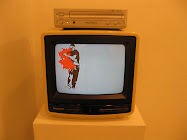
Houston is known as the major supplier of automatic weapons for street wars in Mexico, a key hub for sex slaves in America, a conduit for counterfeit goods, warehouse and distributor for the drug trade, flashpoint for religious fervor, haven for illegal labor, producer of massive amounts of pollution, center of overcrowded and discriminatory jail practices, cesspool of the unwashed masses and purveyor of “screw”- a wholly deviant and dangerous subculture. Throw in a serial killer with a colorful nickname and you’re in London in 1888. Swap Codeine syrup in a styrofoam cup for absinthe in a sugared glass and we’re in Paris in 1849. These metastasizing burgs were known as unholy hells in their salad days, and Houston has nearly reached the heights of disreputable notoriety each of these cities experienced before blossoming into icons of the modern age.
We’ve always had an identity problem, mostly stemming from the fact that Houston is simply new; only a little over 50 years ago that the population climbed above a million people. We’re nearly a century behind New York City, Paris housed a million people on the day the Allen Brothers landed in Buffalo Bayou and London had a million people before they even got around to taking a census during the American Revolution. We share a lot with these forbearers, but one thing has to change- every great city has had a model to aspire to, a paradigm to create.
Built with a set of freeways like the spokes of a monstrous concrete wheel, dappled with parks and green spaces, fiercely liberal in the center and rabidly conservative at the fringes, Houston has a lot more to do with Paris than you may think. We have a bayou running west through the center of town, they have a river running east. There is a boisterous self-identity that comes with living on the north or south side of this boundary in both cities. Prussians gave Parisians the bistro, they gave us the kolache.
A lot of the lore of Paris is centered in the Left Bank, packed with cafes and parks near the river and housing a cluster of universities. It is known as the seat of intellectual life for the city, attracting scholars, painters, writers, daydreamers and hustlers. On the south side of Buffalo Bayou sits Houston’s left bank, with Montrose as the heart of its intellectual life. The bars, galleries, bookstores and garden parks draw students from the University of Houston, Texas Southern University, St. Thomas and Rice. In the 18th century the universities of Paris served different communities from all over the country, seasoned with a dash of foreigners all too eager to embrace the shaping of their adopted city. Today Houston’s universities served different communities in the same way, but they collide in the streets along Westheimer every weekend at night. There are no cobblestones to tear up in revolt against the world, but nonetheless form follows function in the exploration of any cultural analogies. More than Napoleon III’s deputy Haussmann could tame the populace of the urban world with grand boulevards, Houston’s centralized freeway system, triumphantly efficient in its ability to move massive amounts of people and goods into or out of the city, has blunted the effects of radical thought- but has not prohibited the organic growth of a culture that proves Houston, in the midst of derision, is something to be proud of.























0 comments:
Post a Comment